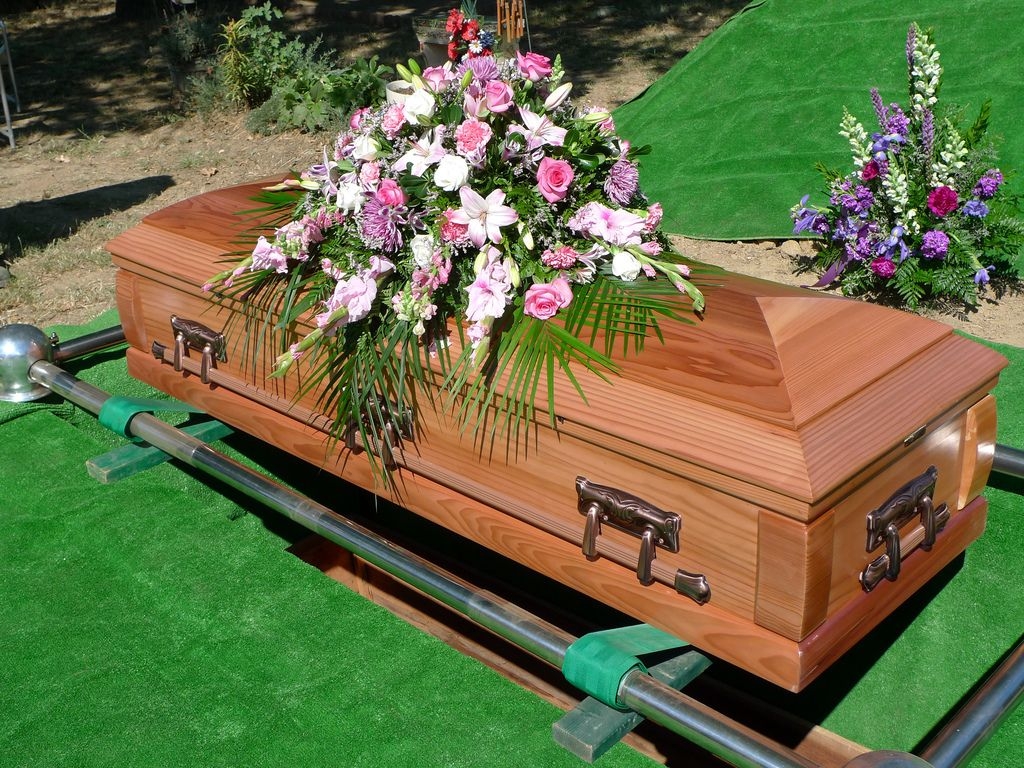The Unspoken Guest: Death's Role in Society

In every society, death is an inevitable part of the human experience, yet it remains one of the most challenging topics to discuss openly. Despite its universality, attitudes towards death vary widely across cultures and throughout history. From rituals and ceremonies to philosophical reflections, humanity has grappled with the concept of mortality since time immemorial. Understanding how death shapes and influences society provides profound insights into human nature and the fabric of civilization.
Death as a Taboo
Despite its omnipresence, death often lingers as a taboo subject in many societies. The fear of mortality, coupled with uncertainty about what lies beyond, prompts individuals and communities to avoid discussions about death altogether. This avoidance can lead to a lack of preparedness for the inevitable, both emotionally and practically.
Rituals and Ceremonies
Throughout history, societies have developed intricate rituals and ceremonies surrounding death. These rituals serve multiple purposes, including honoring the deceased, comforting the bereaved, and providing a sense of closure. Funeral rites, mourning periods, and commemorative events vary widely across cultures, reflecting diverse beliefs and traditions surrounding death.
Cultural Perspectives
Attitudes towards death are deeply influenced by cultural, religious, and philosophical beliefs. In some cultures, death is viewed as a natural transition or a passage to another realm, while in others, it is perceived as the end of existence. These diverse perspectives shape how individuals and communities understand and cope with mortality.
Social Constructs
Death also plays a significant role in shaping social constructs and institutions. Concepts such as mortality salience—the awareness of one's own mortality—have been studied extensively in psychology and sociology. Death can influence behavior, attitudes, and decision-making processes, both on an individual and societal level.
Coping Mechanisms
In the face of death, individuals employ various coping mechanisms to navigate grief and loss. From seeking support from friends and family to engaging in religious or spiritual practices, coping strategies vary widely across individuals and cultures. Additionally, the development of hospice care, grief counseling, and support groups reflects society's recognition of the need for structured assistance in coping with death and dying.
Death in the Digital Age
In recent years, the digital age has transformed how society interacts with death. Social media platforms serve as virtual memorials, allowing individuals to commemorate the lives of the deceased and share memories with a global audience. Online forums and support groups provide spaces for people to connect with others who are experiencing grief and loss, transcending geographical boundaries.
Facing Mortality
Despite the discomfort surrounding death, acknowledging its inevitability can lead to profound personal and societal growth. Cultivating death literacy—the ability to understand and engage with death in a meaningful way—empowers individuals to confront their mortality with courage and clarity. By embracing conversations about death and dying, society can foster a more compassionate and supportive approach to end-of-life care and bereavement support.
Conclusion
Death permeates every aspect of society, shaping beliefs, rituals, and social constructs. By confronting our mortality and engaging in open dialogue about death, we can cultivate a deeper understanding of ourselves and our place in the world. Embracing the inevitability of death allows us to live more fully, cherishing each moment and honoring the memories of those who have passed before us. In the face of death, may we find solace in the shared human experience and the enduring legacy of love and connection that transcends the boundaries of life and death.
- Arts
- Business
- Computers
- Spellen
- Health
- Home
- Kids and Teens
- Money
- News
- Recreation
- Reference
- Regional
- Science
- Shopping
- Society
- Sports
- Бизнес
- Деньги
- Дом
- Досуг
- Здоровье
- Игры
- Искусство
- Источники информации
- Компьютеры
- Наука
- Новости и СМИ
- Общество
- Покупки
- Спорт
- Страны и регионы
- World


